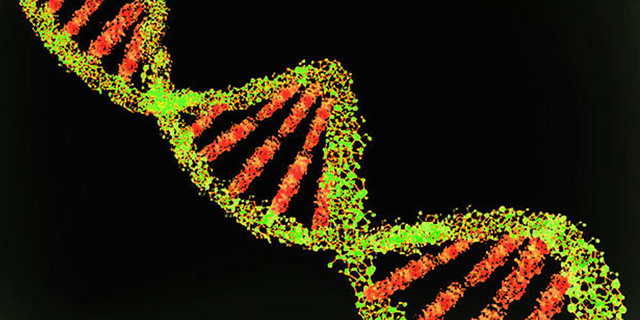Genes, numbers and the holy grail of cancer prevention
Genome sequencing and precision therapies are on the way to making cancer a manageable condition rather than a lethal one, and may even make it preventable.

In as little as five years some of the worst cancers won’t be fatal conditions. Instead, what was once a death sentence could be treated as a chronic disease managed with personalised drugs that suppress the genetic switches that trigger it.
This also means that some of the current treatments with the worst side effects could also become redundant. Chemotherapy that indiscriminately attacks a patient’s body in a ‘hit and miss’ effort to kill a cancer could be a thing of the past.
Patients could be having their blood regularly monitored for traces of a cancer’s DNA, which will tell clinicians instantly whether a drug is working, whether a cancer is building resistance to a treatment, and even acting as an early warning system of a cancer returning after remission.
But most profoundly, people who don’t have cancer but have the genetic mechanisms in place that suggest a looming risk of cancer, could be taking specific preventative action or potentially personalised drugs to prevent the DNA errors that trigger cancer from ever occurring.
And all this is on the cusp of being made possible because of the huge advances in computing power and cloud storage that have dramatically brought down the cost of sequencing a patient’s genome – our genetic blueprint.
Genome sequencing could eventually be as commonplace as having an x-ray or MRI, says Professor Sean Grimmond, a pioneer in cancer genomics and director of the University of Melbourne Centre for Cancer Research.
“We are at a tipping point where research and technology is going to radically change the way we diagnose and treat cancer,” says Professor Grimmond, who is about lead a new effort to apply genomic directed cancer treatment and prevention.
“Until now we’ve largely been reliant on the microscope to understand the nature of diseases. We have determined the nature of cancer by identifying where it is growing and what the cells look like, but it has told us little about the root cause of the disease.
“Genomics is changing that by allowing us to analyse cancer at the DNA level, and the massive shift in computer technology is making it possible. It is becoming the microscope of the 21st century.”
Supported by almost US$3 million (AUD$3.75 million) in philanthropic funding from the Li Ka Shing Foundation, Professor Grimmond, co-program leader Professor Alex Boussioutas, Laboratory Head in the Department of Medicine & Radiology, and clinicians at the Peter MacCallum Cancer Centre, will be targeting some of the world’s deadliest cancers – those of the upper gastrointestinal tract including the oesophagus, stomach and pancreas.
This article was first published on Pursuit. Read the full original article.